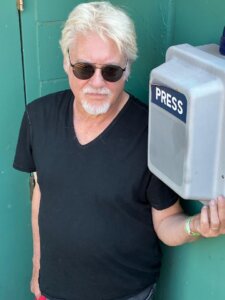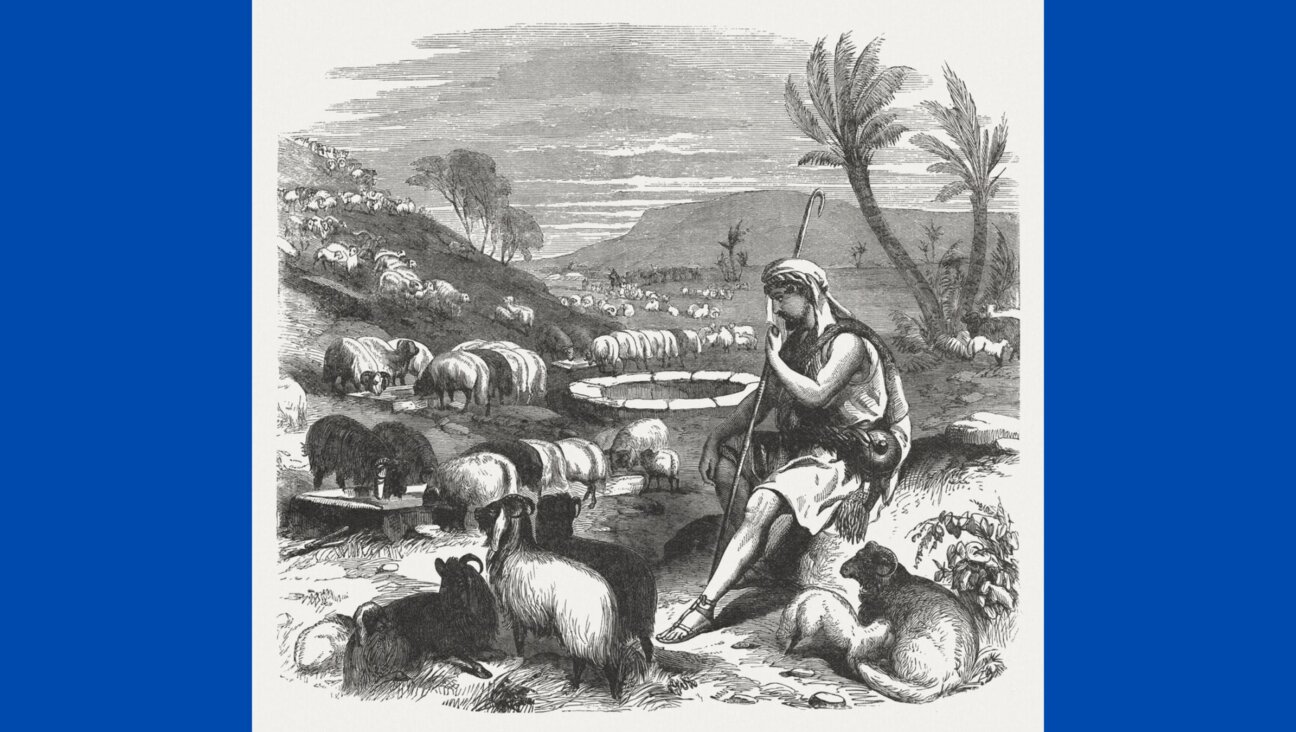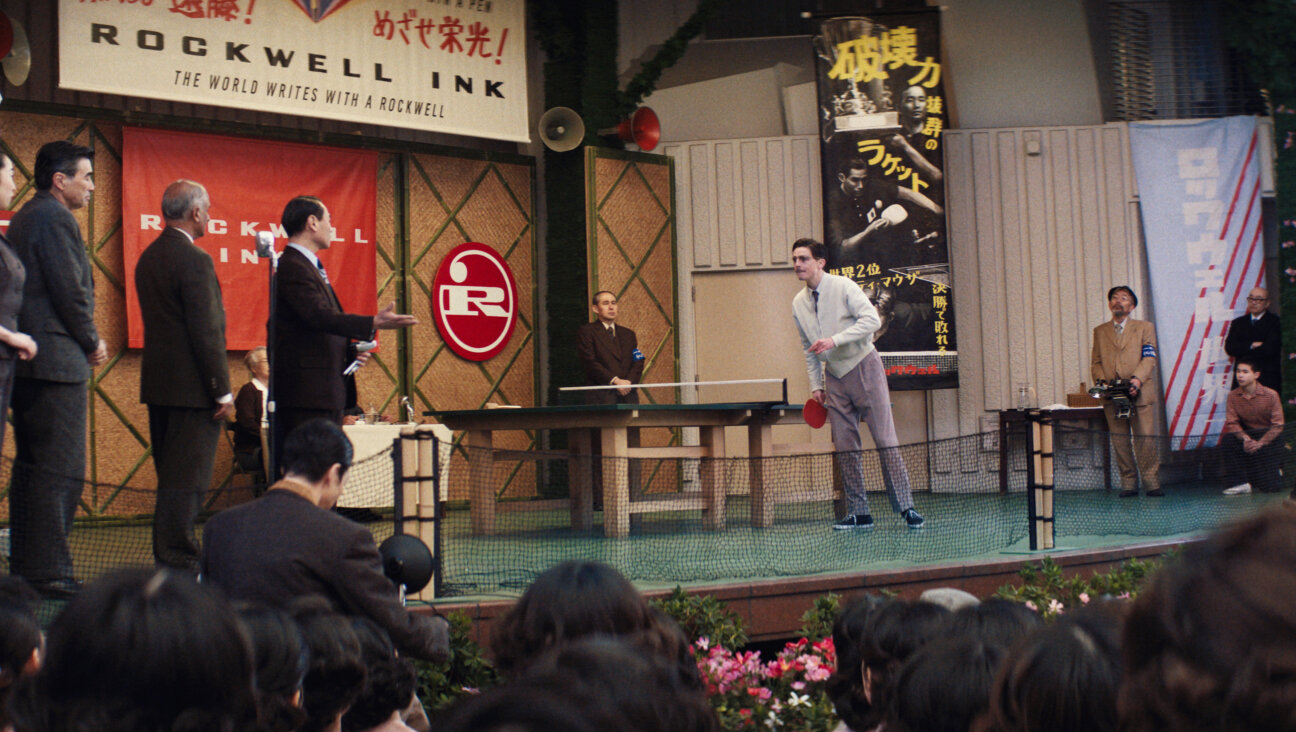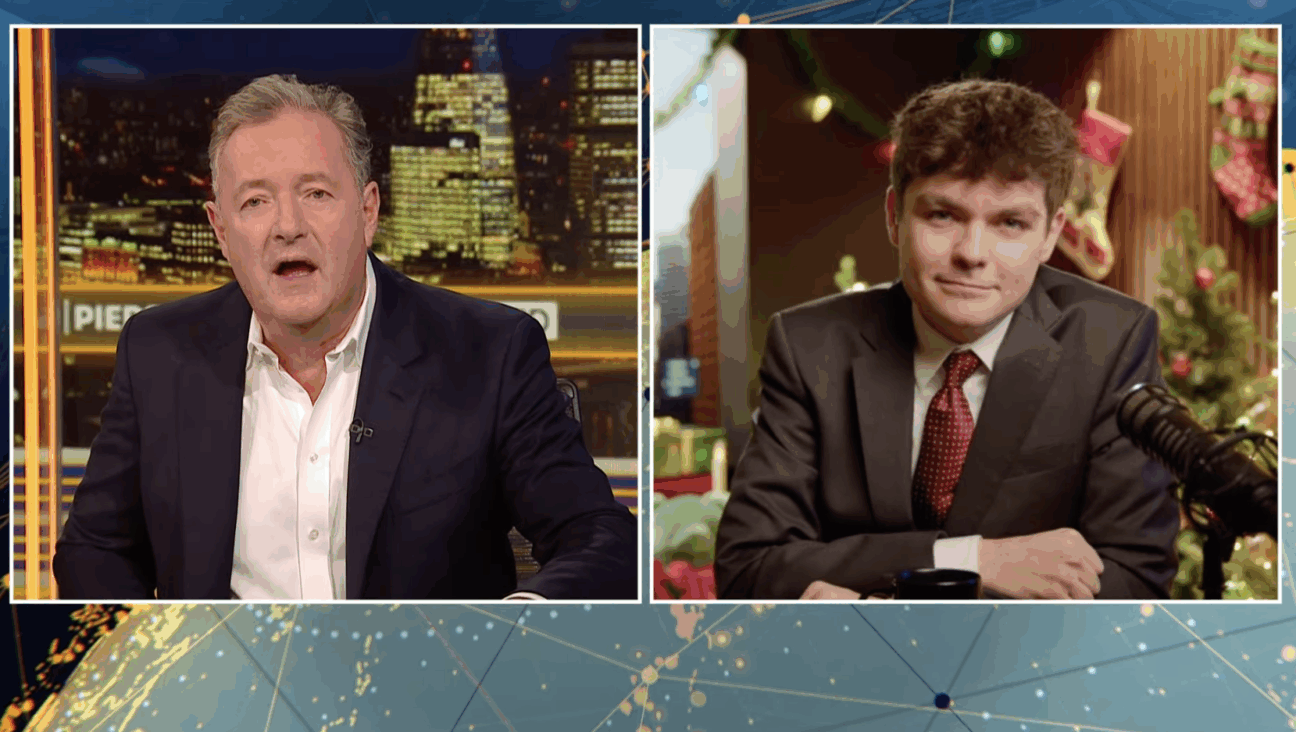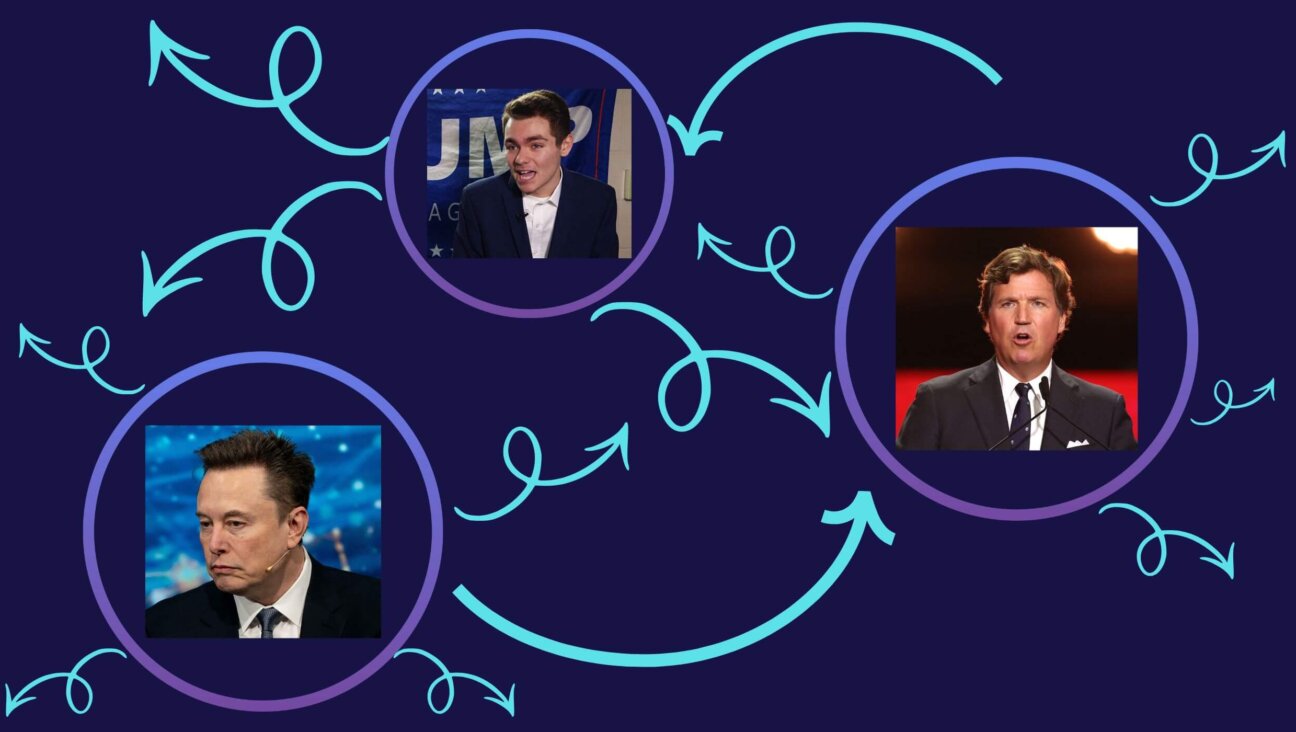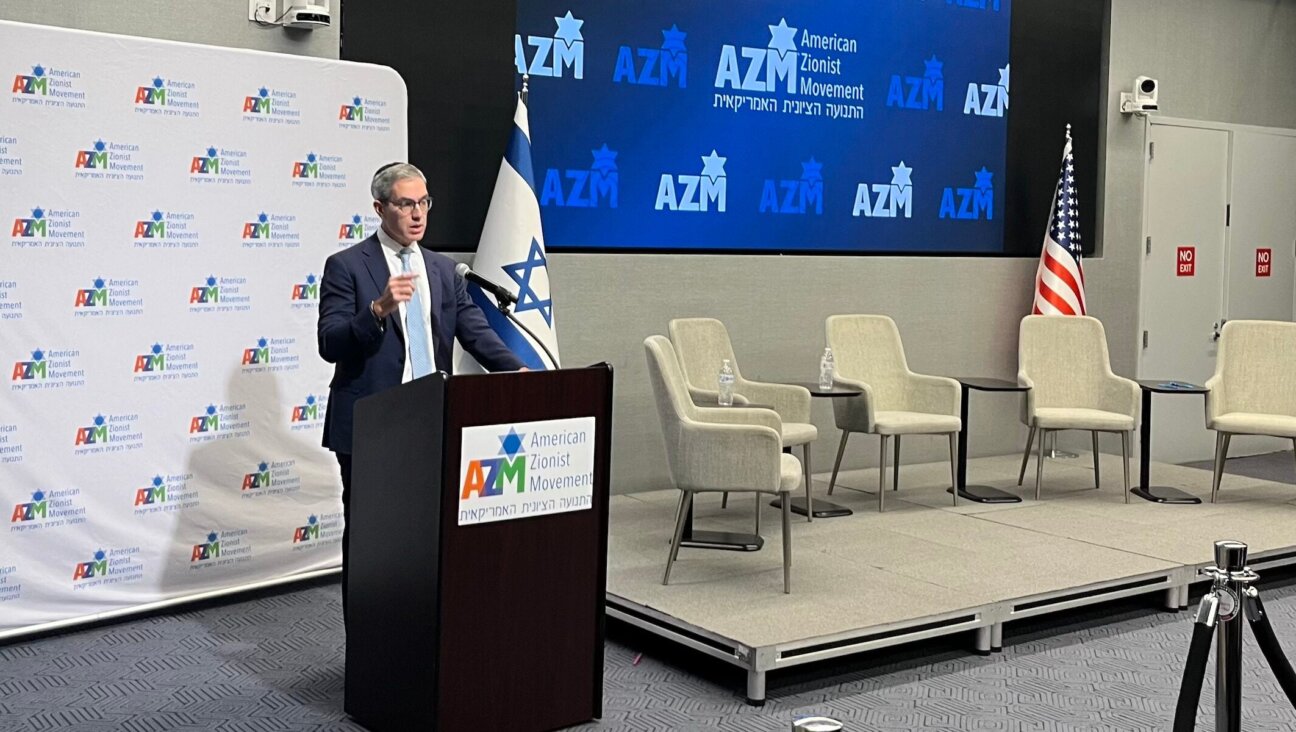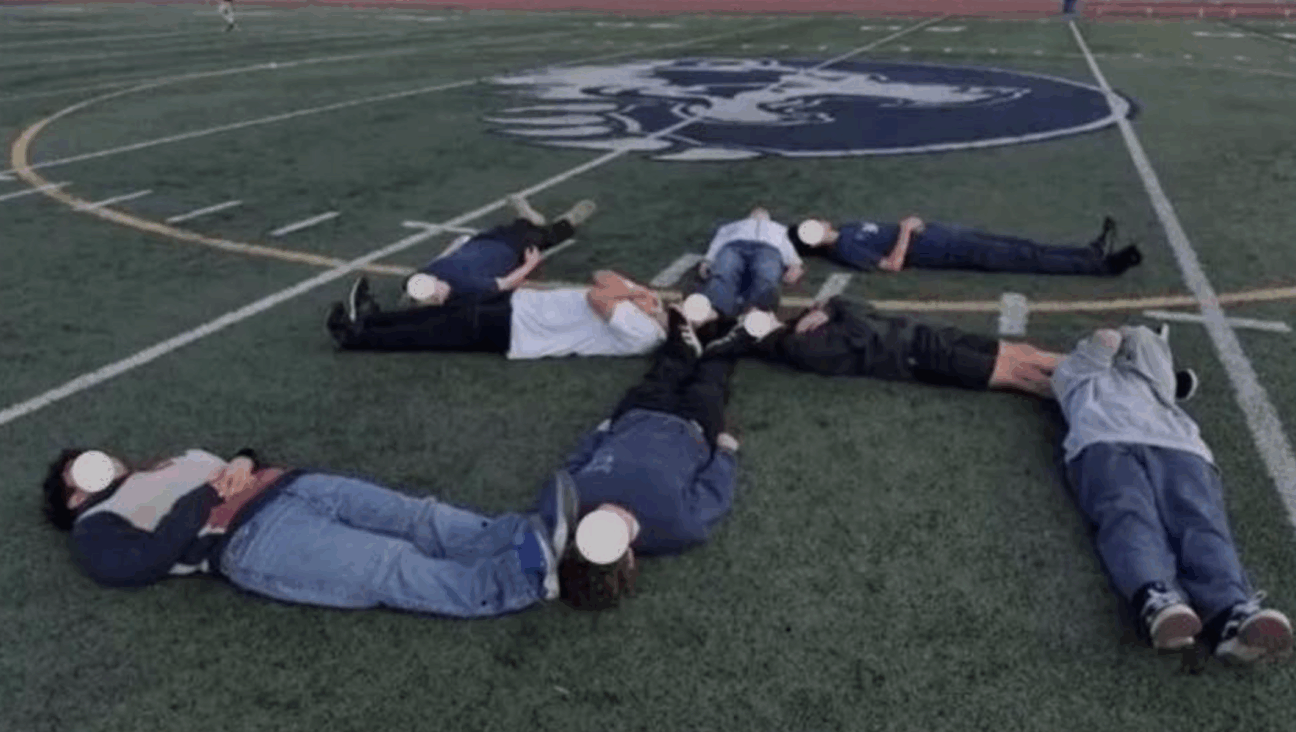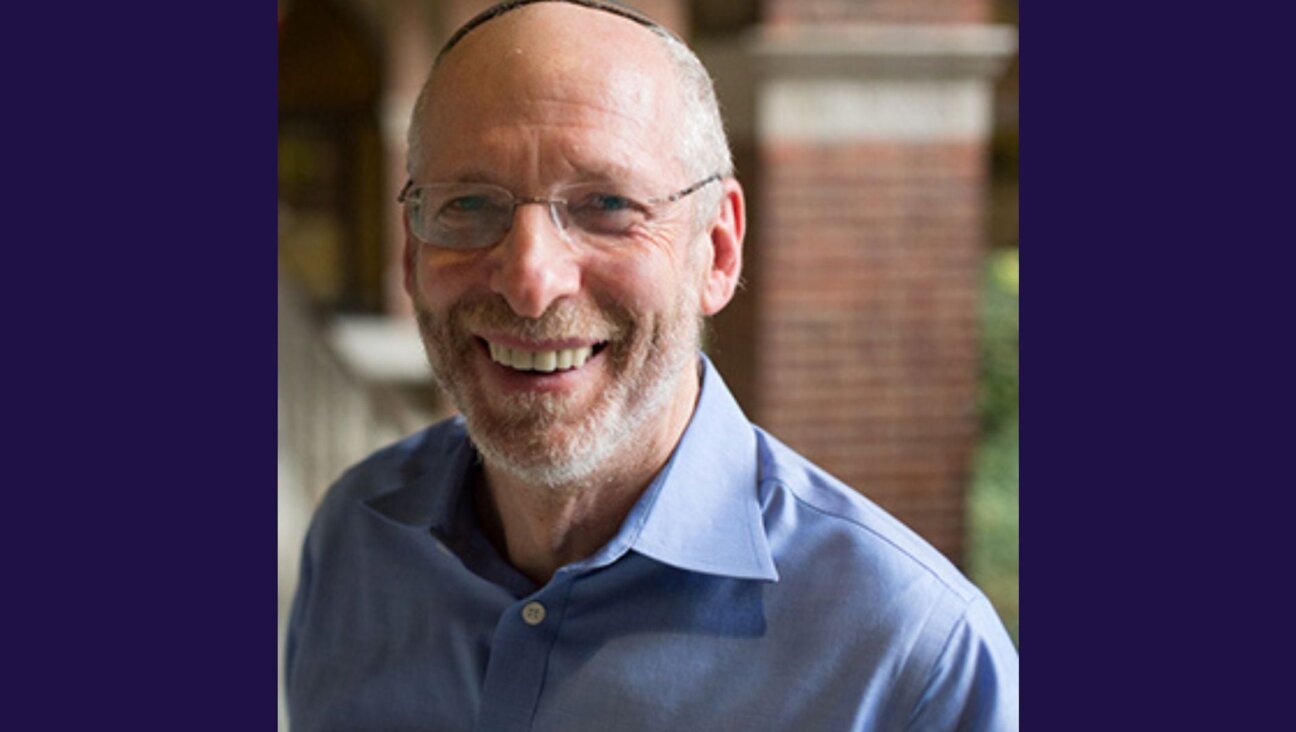How a Jewish daughter’s search to find her parents became a book and a play and a movie
Writer and performer Zara Phillips, author of ‘Somebody’s Daughter,’ has turned her question into art
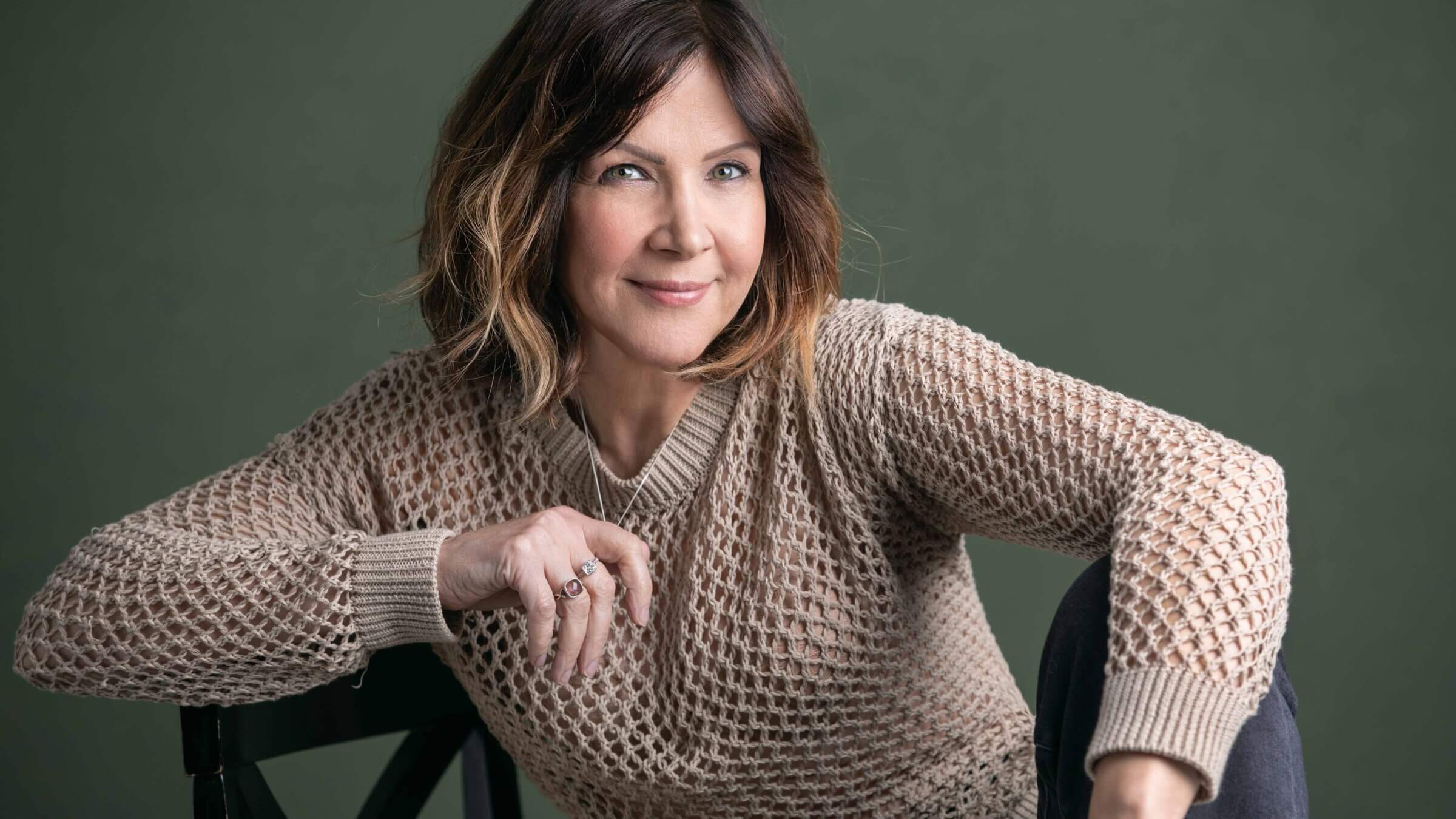
Zara Phillips the author of ‘Somebody’s Daughter.’ Courtesy of Zara Phillips
The memoir she wrote in 2018 was titled Somebody’s Daughter. As was the one-woman show she did in 2022. As was the documentary film that just recently started streaming on Amazon Prime.
So, who is that daughter? And who are those somebodies?
On Nov. 5, 1964, Paula Sampson was born in North London to 17-year-old Patricia Sampson. Patricia was unable to keep her, so the infant entered foster care where, in six weeks, she was adopted by Seymour and Jean Samuels, her name changed to Zara Samuels. Years later, after her first marriage, her surname became Phillips.
“I was the last baby left in the Jewish baby home before it closed down,” Phillips told me on the phone from London recently, tripping back to what she found out years later.
On the other end of the telephone comes a sigh of “Aw … “
“I know, how sad is that?” Phillips said with a laugh. “My mum was like ‘We chose you’ and I was like ‘I was the last one! There was no one else to choose!’”
She was the last one because, Phillips said, the facility was shutting down: “I think at that time there weren’t enough Jewish babies for them to place. Things started changing.”
The goal was to match a Jewish child with Jewish parents. Her adoptive parents, Phillips said, were “conservative Jews, but the synagogue they went to — only on High Holy Days — would have been more Orthodox. They were the kind of Jews that kept kosher in the house, but went out for Chinese food. And it got more lax the older they got. I had a Bat Mitzvah, but I do not practice Judaism. It’s more cultural. I have more of a spiritual life than religious one.”
Phillips is now the mother of three grown children. She is also the wife of, and backup singer for, acclaimed singer-guitarist Richard Thompson, with whom she completed a US tour last autumn. Now that Amazon has picked up the 52-minute Somebody’s Daughter, her story has the potential to reach an even broader audience
What has consumed Phillips since her youth has been a quest to discover her roots, her identity, to connect with her biological parents and potential half-siblings. To know things that were kept hidden in shadows.
“I always think of myself as a born searcher,” Phillips said. “As soon as I found out that I was adopted, I wanted to know more. But I learned to be very careful around my adoptive mother because I know she found it really difficult to talk about. I would keep it to myself. Occasionally, I would try to ask her the odd question.”
During her teenage years, Phillips developed a passion for sex, drugs, rock ‘n’ roll and alcohol — those pursuits, she said, were a product of her trying to escape the issue of her birth and adoption. If the topic came up, she said, “I’d talk about it very negatively. If somebody found out I was adopted, I’d say ‘Oh, yeah, I probably had no name,’ or ‘My mother is probably in prison,’ or ‘She’s forgotten she had me.’ I would make these horrible jokes about it. I definitely felt like there must be something wrong with me. I felt abandoned.”
Her perspective began to shift when she got sober at 22 and she found herself in detective mode. “This is what I need to do,” she remembers telling herself. “I’d been terrified to do it but, if I didn’t, I don’t know how I could move forward.”
Ever since 1975, England has had open adoption records, as do 37 states now in America.
“I was allowed to get my mother’s name,” Phillips said, “but only if I saw a social worker first, which I did. They did not give me all the records, but some of them. And the search I did by myself.”

In Somebody’s Daughter – the book – Phillips unspooled a narrative that jumps back and forth in time, toggling between her quest to discover, the actual discovery and eventual relationship with her birth mother, and how it played out at home with her adoptive parents and her older adopted brother. With a fair amount of misadventure and missteps in the mix.
While there are humorous, often self-deprecating, stories told, the book is pretty serious stuff, with Phillips elucidating conflicted feelings about a complex issue. “For me,” she said, “a lot of it was getting everything out that happened, things that were so difficult and painful.”
One of the most positive experiences upon meeting her birth mother Phillips discovered, was that “it wasn’t like they abandoned me and put me in the street. It was just that she wasn’t allowed to keep me, there was no option for me. She was 16 when she was pregnant.” Of her four parents, Patricia, who was raised by two Jewish parents, is the only one still alive. “It’s taken me a long time to get where we’re at,” Phillips said, “but we have a nice relationship.”
For the one-woman show, Phillips and director Rebecca Thorn tried to hone the book and select the most important tales to tell. “I’m showing the grief, I’m showing the loss, I’m showing the addiction,” Phillips said. “And I really wanted to show addiction because adoptees are over-represented in treatment centers, prisons, and institutions. They’re four times more likely to attempt suicide. That was really important for me to show.”
Phillips said the film, directed by Liam Galvin, follows pretty much the same script as the one-woman show. In that one-woman show, Phillips voiced all the characters. In the movie, Phillips is front and center — playing herself at various stages — but actors play the roles of family members and others. (At the conclusion, photos of some of the real people are shown.)
There is, though, more humor in the show and film. “I grew up on a lot of British humor,” Phillips said, “and I love all that stuff. All my parents are such characters, they’ve given the material to me. It came together so that [I decided] I’m going to tell the story in a more bonkers way, just show people so they could see the insanity of it all.”
Speaking of bonkers, her husband, Thompson — who did the music for both the one-woman show and the film — took on the role of an Orthodox rabbi undertaker, attending to the body of her adoptive mother, Jean.
“I went to school with a lot of North London Jews,” Thompson said in an email, “and recommended a friend who looked and sounded the part. My incredible star charisma won me the role, however. I did have to buy the hat — a lack of black fedoras in my cupboard.”
He said he did his lines in one take. Phillips said that scene required more than that. Her fault, she said: “It was really fun having him in it, but when they put the makeup on him and he comes out and I just could not keep a straight face.”
One of the last pieces of the adoption puzzle was finding her biological father. Her mother remembered he was Italian but not much more. Their relationship was a very brief fling. Phillips registered with an agency that collected DNA and did genetic testing. In time, she was contacted by an American half-sister and that eventually led to her biological father, Vittorio.
Coincidentally, she found he lived not far from the New Jersey home she and Thompson share part-time. She met him at a Dunkin’ Donuts, bonded, and, ultimately, found she had seven half-siblings, sired by six different mothers. “I am the only Jew on my Italian side out of all my siblings,” Phillips said. On Patricia’s side, she has a half-brother and a half-sister.
Over the years, Phillips has spoken to numerous adoptees and their parents and has advocated for open adoption records. Has she found any universal truths to the adoption experience?
“I’ve been around the adoption community for like, gosh, 30 years,” Phillips said, “and I’ve heard so many adoptees speak, so I think there is definitely a universal feeling of what we go through.
“I think the important thing to remember is every adopted family is different so our experiences within the family are different, but the thing that the commonality with us is we were all relinquished by our mothers. I think there is this unspoken thing when you meet another adoptee: we know what that feels like. Whether you had a good adoption or a bad adoption, we all experience that.”
Jim Sullivan was also adopted, five weeks after birth, in 1956. In 2009, he located and bonded, separately, with his biological parents. Both sets of parents are now deceased.
